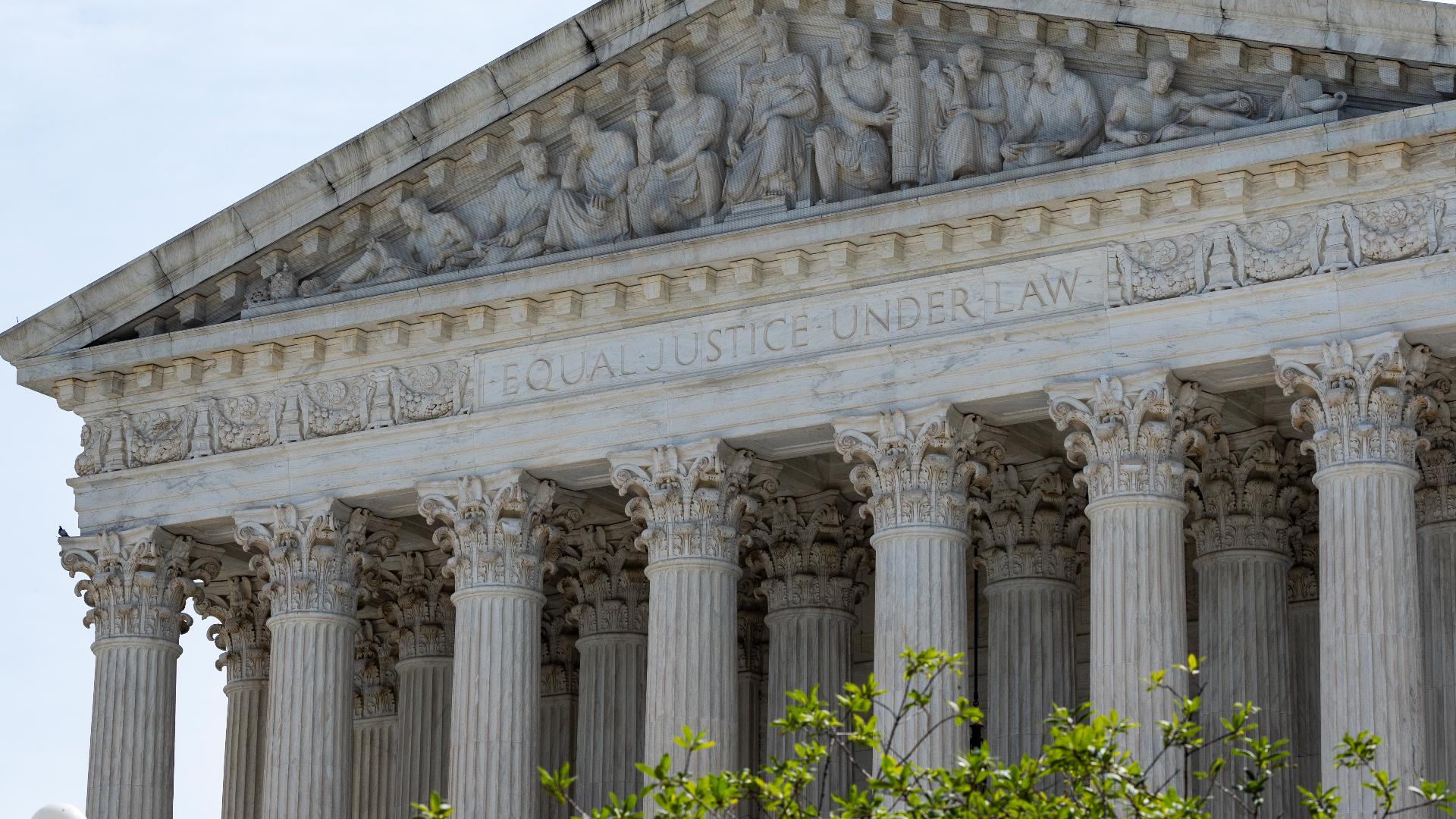Chevron Decision: The Chevron Decision



The Chevron decision, formally known as Chevron U.S.A., Inc. v. Natural Resources Defense Council, Inc., is a landmark Supreme Court ruling issued in 1984. It established a two-step framework for judicial review of agency actions, giving significant deference to the interpretations of statutes by the agencies responsible for administering them.
The Chevron decision, a landmark Supreme Court ruling, established the principle of judicial deference to agency interpretations of statutes. However, in recent years, the Court has been more willing to overturn Chevron , holding agencies to a stricter standard of review.
This shift reflects a growing concern about the potential for agencies to abuse their authority and the importance of judicial oversight to ensure that agencies act within the bounds of their statutory authority.
Legal Basis, The chevron decision
The Chevron decision is based on the principle of deference to administrative agencies. The Court held that when Congress has delegated authority to an agency to interpret a statute, the agency’s interpretation is entitled to deference unless it is “arbitrary, capricious, or manifestly contrary to the statute.”
The Chevron decision has been a landmark case in administrative law, establishing the principle of judicial deference to agency interpretations of statutes. The Supreme Court held that when Congress has not spoken clearly on an issue, courts should defer to the agency’s interpretation of the statute it is charged with administering.
This decision has had a significant impact on the balance of power between the courts and agencies, and has been the subject of much debate and discussion since it was issued. The Chevron decision has been cited in numerous cases and has been used to justify a wide range of agency actions.
Significance of Chevron Deference
Chevron deference is a significant doctrine in administrative law. It gives agencies wide latitude to interpret the statutes they administer, and it makes it difficult for courts to overturn agency decisions. This deference is based on the recognition that agencies have expertise in their subject matter and that they are accountable to the political process.
Impact on Judicial Review
Chevron deference has had a major impact on judicial review of agency actions. It has made it more difficult for courts to overturn agency decisions, even when the court believes that the agency’s interpretation of the statute is incorrect. This has led to some criticism of Chevron deference, with some arguing that it gives too much power to agencies and undermines the role of the courts in checking agency action.
Chevron Decision: The Chevron Decision



Chevron Decision: Application in Environmental Law
The Chevron decision has been widely applied in environmental cases, shaping the legal landscape for environmental regulation.
Examples of Chevron Application in Environmental Law:
- In Massachusetts v. EPA (2007), the Supreme Court held that the EPA had the authority to regulate greenhouse gases under the Clean Air Act, deferring to the agency’s interpretation of the statute.
- In Sackett v. EPA (2012), the Court ruled that the EPA had overstepped its authority by determining that a wetland on Sackett’s property was subject to federal regulation.
Challenges and Opportunities Presented by Chevron Deference in Environmental Regulation:
- Challenges: Chevron deference can limit judicial review of agency decisions, potentially allowing agencies to make decisions that are not supported by the law or scientific evidence.
- Opportunities: Chevron deference can also provide agencies with flexibility and expertise in implementing environmental regulations, allowing them to adapt to changing circumstances and scientific understanding.
Role of Scientific Evidence in Chevron Analysis:
- Courts will generally defer to an agency’s interpretation of scientific evidence if it is reasonable and supported by the record.
- However, courts may reject an agency’s interpretation if it is arbitrary, capricious, or unsupported by substantial evidence.
Chevron Decision: The Chevron Decision



The Chevron decision, issued by the U.S. Supreme Court in 1984, established a two-step framework for judicial review of agency interpretations of statutes. Under Chevron, courts must first determine whether Congress has directly spoken to the precise question at issue. If Congress has not, courts must defer to the agency’s reasonable interpretation of the statute.
Policy Considerations and Criticisms
The Chevron decision was based on several policy considerations, including the need for judicial deference to agency expertise, the promotion of agency efficiency, and the avoidance of judicial interference in the administrative process.
However, the Chevron doctrine has also been criticized on several grounds, including concerns about agency overreach, the erosion of democratic accountability, and the potential for arbitrary and capricious agency decisions.
Potential Reforms or Modifications
In light of these criticisms, some scholars have proposed reforms or modifications to the Chevron doctrine. These proposals include:
- Narrowing the scope of Chevron deference to apply only to technical or scientific issues.
- Requiring agencies to provide a more detailed explanation of their statutory interpretations.
- Giving courts more authority to review agency interpretations for reasonableness.
The Chevron decision sparked controversy over the meaning of “tartan” ( tartan meaning ), with some arguing that it should be restricted to Scottish clan tartans. However, the court ultimately ruled that the term could also apply to non-Scottish patterns, opening the door to a wider interpretation of tartan’s significance.
The Chevron decision, a landmark Supreme Court ruling that gave deference to agency interpretations of ambiguous statutes, has been overturned. The Court’s recent decision in supreme court overrules chevron doctrine held that agencies must now interpret statutes in accordance with their plain meaning, regardless of their prior interpretations.
This ruling has significant implications for the Chevron decision and its application in future cases.
The Chevron decision, a landmark Supreme Court ruling, established the deference courts must give to agency interpretations of statutes. This principle has been applied in various contexts, including the enforcement of the Civil Rights Act , where courts have upheld agency interpretations of the law’s anti-discrimination provisions.
The Chevron decision continues to shape the balance between judicial and administrative power in interpreting and enforcing federal laws.